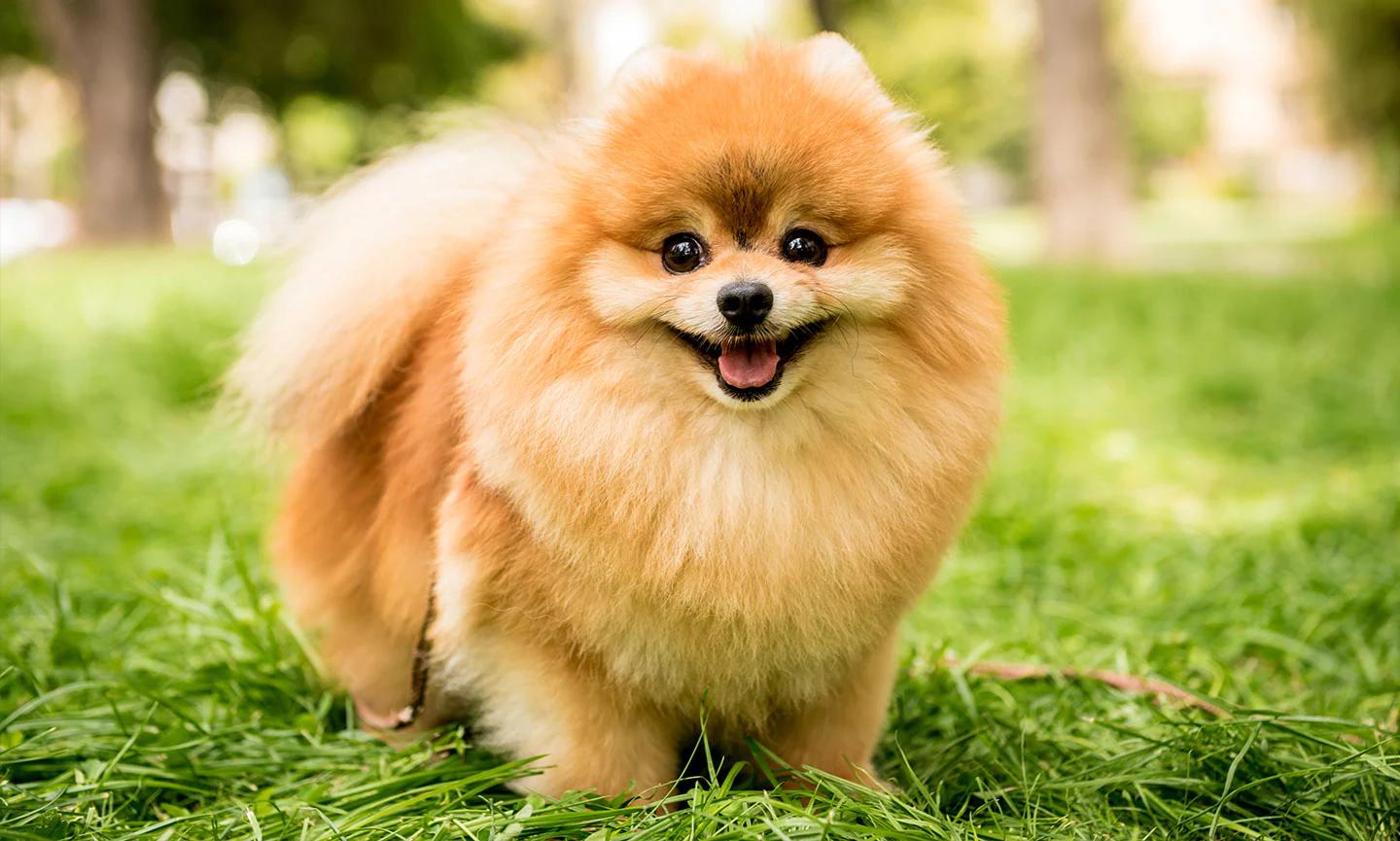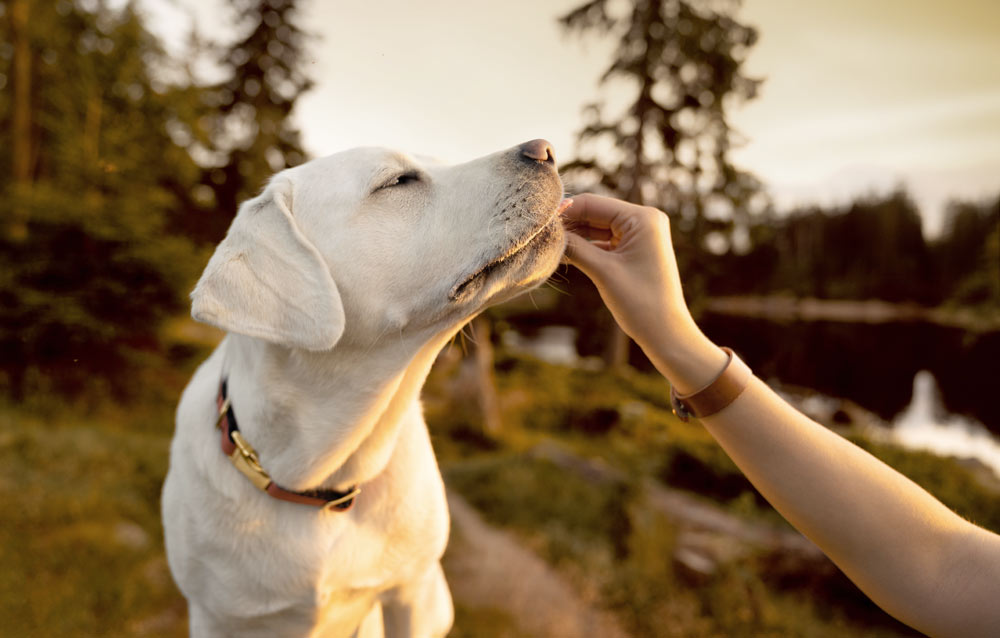
Consider the following: Christmas as a child waiting for a new car to arrive or the arrival of a baby. These are all things that we as humans get excited about.
What about dogs?
Of course, dogs do get excited. It is easy to see the dogs racing around and barking to understand their pulse. Is this something they can fake?
The answer is both yes and no.
Signs a Dog is Excited

Dogs are spontaneous and live in the present. Dogs will tell you if they are excited to see a chew-toy in your hands. Anyone who has ever been welcomed home by a beloved dog companion knows what doggy excitement is like.
An excited dog is more likely to have trouble with self-control. They may jump, spin around in circles or zoom around like crazy dogs (unless they have been taught obedience and are trained to “Sit” when asked). A wagging tail is another sign that a dog’s excited. A happy, excited tail means that it’s moving, regardless of whether it’s the circular motion of a helicopter tail or the side-to-side sweeper tail. Even the most well-behaved dog can let off steam with a wagging tail.
The dog might also pant in excitement and let their tongue out. Every dog is unique, but some dogs may bark or yap loudly when they are excited.
Some dogs release small amounts of urine when they get excited. The bladder valves can become irritated by all the wagging and wiggling, so some urine is released from a full bladder.
Canine excitement has a way of transferring itself to the observer. Panting could be caused by stress, overheating or excitement. Yet, we can recognize when a panting dog is happy and not stressed.
A History of Dog Body Language

Whether a dog is an excited or faking excitement, hopefully, we recognize that the dog isn’t being aggressive. However, the human interpretation of dog body language and behavior hasn’t always been clear-cut (and indeed, there are still people who misguidedly believe in out-of-date concepts such as dominance).
This is due to poor studies of wolves. The assumption that dogs behave like wolves in our sitting rooms is incorrect and does not help us understand dog behavior. Dogs have diverged from their wolf ancestor over many millennia. It is just as wrong to consider a dog a form wolf as it is a monkey.
Modern animal behaviorists have only observed the reactions of feral dogs and stray dogs to realize that they can behave as individuals or as a family unit. This observation was made in the second half-century. In the way that wolf theory proposes, there is no competition for supreme control.
It is now clear that even our assumptions about how wolves behave are incorrect. The reason that vicious wolves were fighting for the top spot was stress. These were unrelated wolves who had been caught and put together in a small area at a zoo. They felt disorientated and insecure so they decided to fight for what they considered scarce resources.
Actually, roaming wolves live together in a family unit and support each other.
The Science of Dogs Faking Emotion

For many centuries, man has interpreted many dog behaviors as an attempt to dominate their owner. This has altered how we react to our dogs. For example, old-fashioned training concepts advised against playing tug with a dog. Their reasoning went that if the dog won the game, their respect for the person would be diminished. However, what’s really the case is the dog is enjoying the game and will like you all the better for playing with them.
Understanding how dogs behave and what their body language means is crucial to understanding our canine companions. Problems can arise when people fail to understand the signals that a dog sends.
One classic example is the dog who yawns when confronted with strangers. The dog is not being bored or tired. It is actually expressing anxiety. The wise stranger sees this and turns his back. Doing so could cause additional stress to the dog, and even lead to the dog attacking out of fear.
You can train your dog to fake excitement
It’s easier than you might suppose to teach a dog to act excited. Indeed, you may have already unwittingly done this.

Imagine a dog who gets excited when the leash is pulled. This is because they used to run around the leash when it was new, as if it were a game. The leash is clipped and you take your dog on a walk.
The dog’s excitement at running around was rewarded by a pleasant experience (the walking). The dog sees the connection between the two actions. Dogs begin to believe that barking and spinning (outward signs to excitement) are necessary in order to be let loose and taken for a walk.
You can train your dog to imitate excitement by rewarding actions that are interpreted as ‘excited’ by the dog’s body language. You could see your dog running, jumping, or barking. You can simply praise your dog and then reward him with a reward. You can repeat this several times, and then add a cue word like “Go bonkers”.
Dogs learn to associate cue words with actions and rewards. It’s done! And presto!